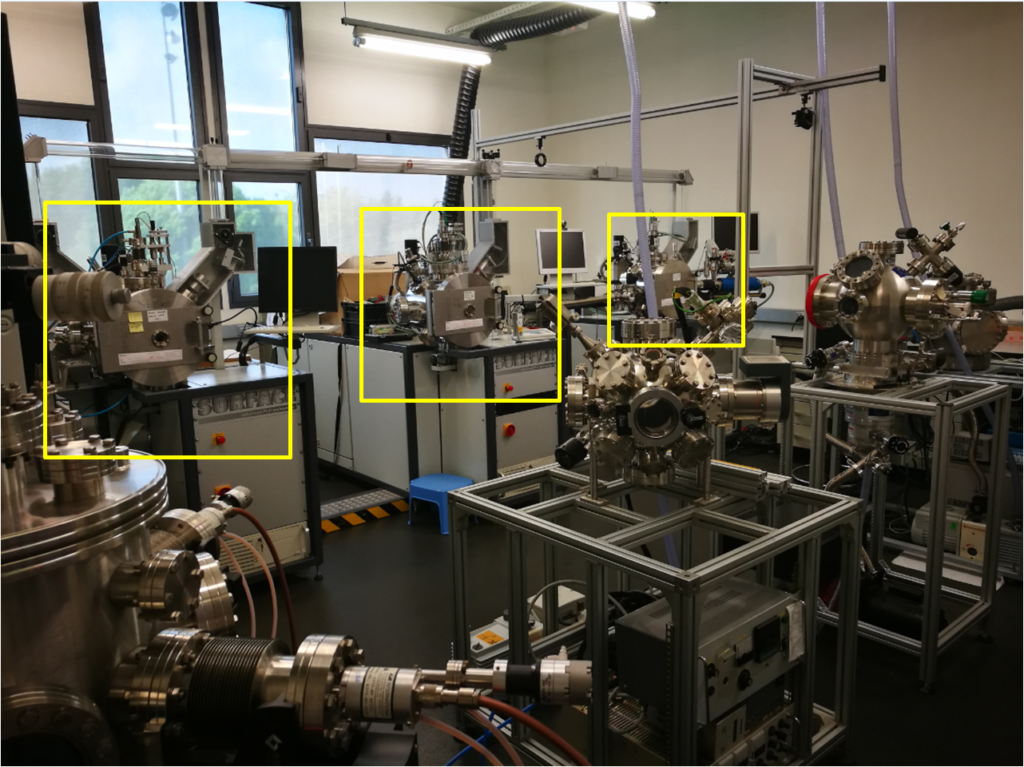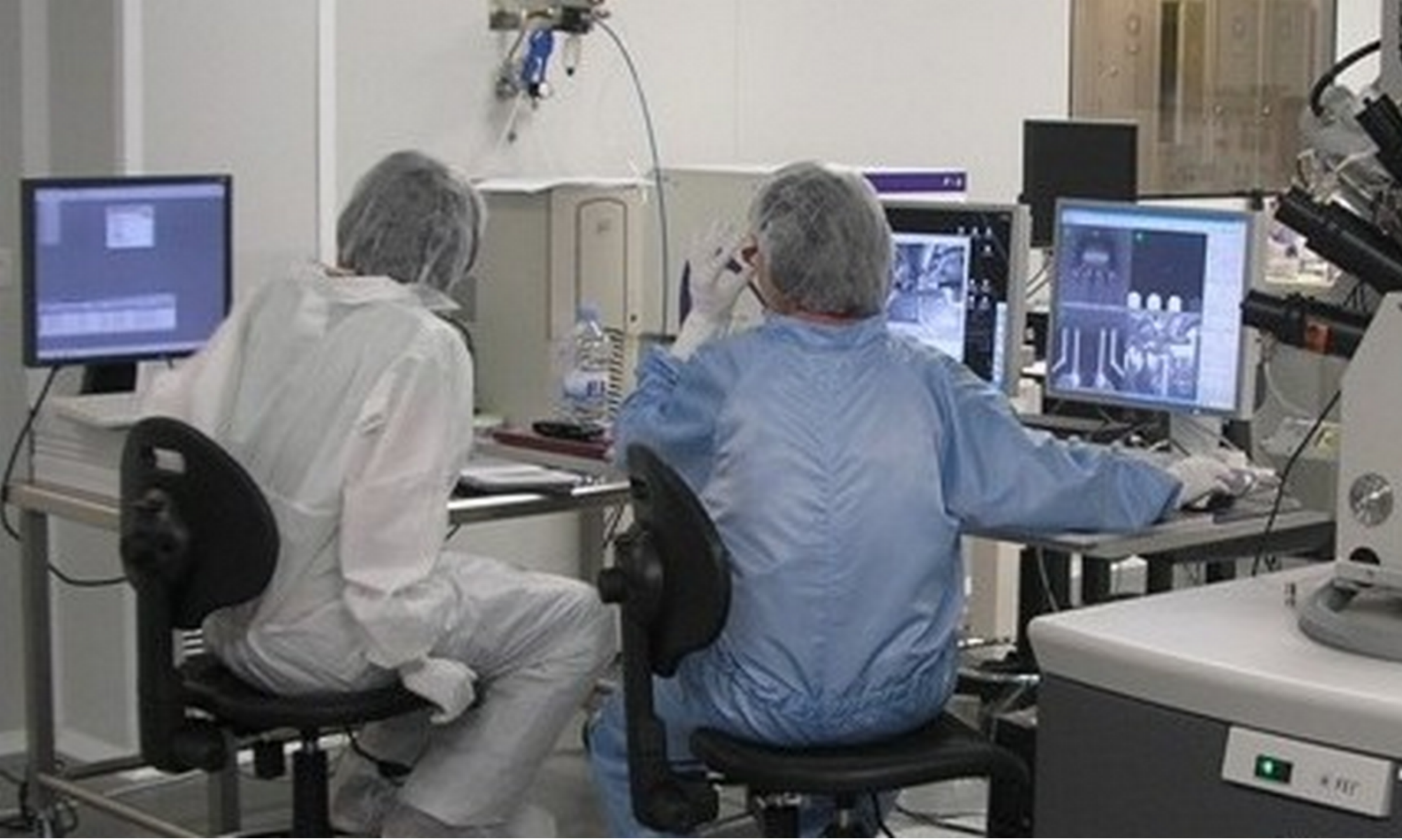The Institut Català de Nanociència i Nanotecnologia, with its official English translation Catalan Institute of Nanoscience and Nanotechnology and acronym ICN2, is a non-profit international research institute located close to Barcelona (Catalonia, Spain). It is devoted to the generation of knowledge, materials, and devices in the broad fields of ICT, health, energy, and the environment.
Nanomaterials Growth Unit produces films by means of pulsed laser deposition and MOCVD techniques and works in close collaboration with many ICN2 research groups, as well as with external teams. A recently developed two-laser PLD setup allows co-ablation of two targets for deposition of films with composition gradient, as well as new mixed composition materials. Nanomaterials Growth Unit carries out the advanced structural characterization of thin films, primarily by X-ray diffraction as well as working on the development of advanced methods for the characterization by X-ray diffraction of epitaxial thin films. These include in-plane diffraction, GIXRD analysis, as well as 3D reciprocal space mapping. This microstructure research is complemented with HRTEM characterization.
Principal investigator:

Jose Santiso López, PhD
leader of the Nanomaterials growth Unit at ICN2.
Dr. José Santiso López, is científico titular from CSIC at ICN2, where he is responsible for the Nanomaterials Growth Division, and carries out research in thin epitaxial growth of funcional oxides. He obtained the Ph.D. degree in Physics at the University of Barcelona and became specialist in Pulser Laser Deposition (PLD) of oxide thin films at the Materials Department of Univ. Cambridge, UK.
He is specialist in epitaxial thin film deposition and characterisation of different materials, mostly oxides with perovskite-related structure. He has published more than 142 papers and has an H-index of 25. Present main research interests involve the growth of ultrathin layers and multilayers by PLD, their structure haracterisation by RHEED and HR-XRD, high temperature charge and mass transport properties, as well as oxidation/reduction kinetics. Special focus is given in the last years to the study of subtle microstructure features and phase transitions, particularly at the nanoscale and their correlation with physical properties. In 2012 he received the Somiya Award with other researchers from Imperial College London, MIT, and I2CNER, Fukuoka, for their collaborative work in advanced materials for advanced energy applications
Members:

Jose Manuel Caicedo-Roque, PhD
Research Engineer of the Pulsed Laser Deposition Facility
Dr. José Manuel Caicedo-Roque (male) is PhD in Materials Science and Technology (2012). He is a Laboratory Instrument Engineer in charge of the development of Instrumentation and methodologies for thin film deposition and characterization at the Nanomaterials Growth Division of ICN2. He received his physics degree in 2005 at the Universidad del Valle (Cali-Colombia). His research interests involve the design, construction and automation of novel experimental setups for thin film deposition and electrical characterization.

Jessica Padilla, PhD
Research Engineer in charge of the XRD facilities
XRD which along with PLD constitute the main pillars of our research, and our contribution to ULTIMATE-I.
Dr. Jessica Padilla got her degree in Physics at the University of Barcelona in 2008. In the same year also obtained a degree in Radioactive Facilities Supervisor (homologated by the Consejo de Seguridad Nuclear (CSN)) in the implementation field of process control, analytical techniques, and laboratories with encapsulated sources. In 2009.
Equipment:
Pulsed Laser Deposition setup
(1) PLD deposition chamber with high pressure RHEED in-situ analysis + transfer to portable UHV chamber
(2) combined PLD + sputtering multipurpose chamber
(3) dual laser PLD chamber (simultaneous ablation of two targets)

MOCVD reactor for MoS2 layers (home-made setup)

XRD facilities @ICN2 powder and thin film diffractometer
(Panalytical MRD /MPD) HRXRD-XRR-GIXRD and Non-ambient conditions: high-T, gases, V

AFM (MFP-3D Asylum Research)


